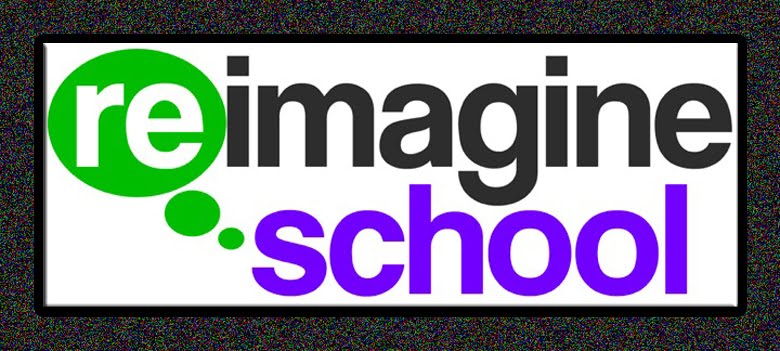Virginia High School Is Best in the Nation
U.S. News ranks America's Best High Schools for third consecutive year
Thomas Jefferson High School for Science and Technology in Alexandria, Va., the top school in U.S. News & World Report's America's Best High Schools rankings, is designed to challenge students. A course load of offerings that include DNA science, neurobiology, and quantum physics would seem to be more than enough to meet that goal. But students and the faculty felt those classes weren't enough, so they decided to
tackle another big question: What are the social responsibilities of educated people? Over the course of the school year, students are exploring social responsibility through projects of their own design, ranging from getting school supplies for students with cerebral palsy in Shanghai to persuading their classmates to use handkerchiefs to reduce paper waste.
The One Question project demonstrates the way "TJ," as it's referred to by students and teachers, encourages the wide-ranging interests of its students.
"None of our students has the same passion," says TJ Principal Evan Glazer. "But having a passion is widely accepted and embraced."
Top 10 High Schools:
10. International School (Bellevue, Wash.)
Across Lake Washington from Seattle, International School is not a "true" international school with students from across the globe; rather, it challenges its students to think globally. All students (grades six through 12) are required to take seven years of either German or French.
9. BASIS Tucson (Tucson, Ariz.)
Advanced Placement exams are part of BASIS's graduation requirements (the school pays for the tests), and most students can graduate after 11th grade with sufficient credits for admission to Arizona state schools. Those who stay through 12th grade complete an internship or research project.
8. School of Science and Engineering Magnet (Dallas)
This 400-student college preparatory school was created in 1982 to increase opportunities for underrepresented minorities in the professional science and engineering fields. The school is No. 1 in the nation for the number of minority students passing the AP calculus test.
7. Pacific Collegiate School (Santa Cruz, Calif.)
Students at this charter school, about 70 miles south of San Francisco, must keep a C average to advance to the next grade level and must also complete a community service requirement. The school strives to foster a commitment to lifelong participation in public life.
6. Newcomers High School (Long Island City, N.Y.)
Newcomers High has stayed true to its founding mission of being a gateway to American education for immigrants. Its goal is to move students into regular schools after one year; those who enter in the ninth grade rarely stay for more than one year before transferring.
5. School for the Talented and Gifted (Dallas)
Composed of a diverse student body (about 28 percent of students are Hispanic, and 24 percent are black), TAG is known for its robust liberal arts education. The school publishes a monthly literary magazine featuring editorials, poetry, and fiction stories.
4. Oxford Academy (Cypress, Calif.)
Students get a big leg up at Oxford Academy: They enter either its business or its biotechnology and medical programs and are prepared for careers in those areas. They must also take at least five Advanced Placement courses to graduate.
3. Whitney School (Cerritos, Calif.)
About 75 percent of students are Asian at this L.A. magnet school, which serves only the most academically qualified students in seventh through 12th grade. The school aspires to be "the best public college-prep school in the world."
2. International Academy (Bloomfield Hills, Mich.)
As an International Baccalaureate certified high school, IA is the first public high school in North America to offer the full IB diploma program, an international education program that encourages cultural understanding and respect.
1. Thomas Jefferson High School (Alexandria, Va.)
Located just outside Washington, Thomas Jefferson High leads the pack in our ranking not just because of its challenging academics, which include neurobiology and quantum physics. Students there also explore what social responsibilities they have as educated people.
